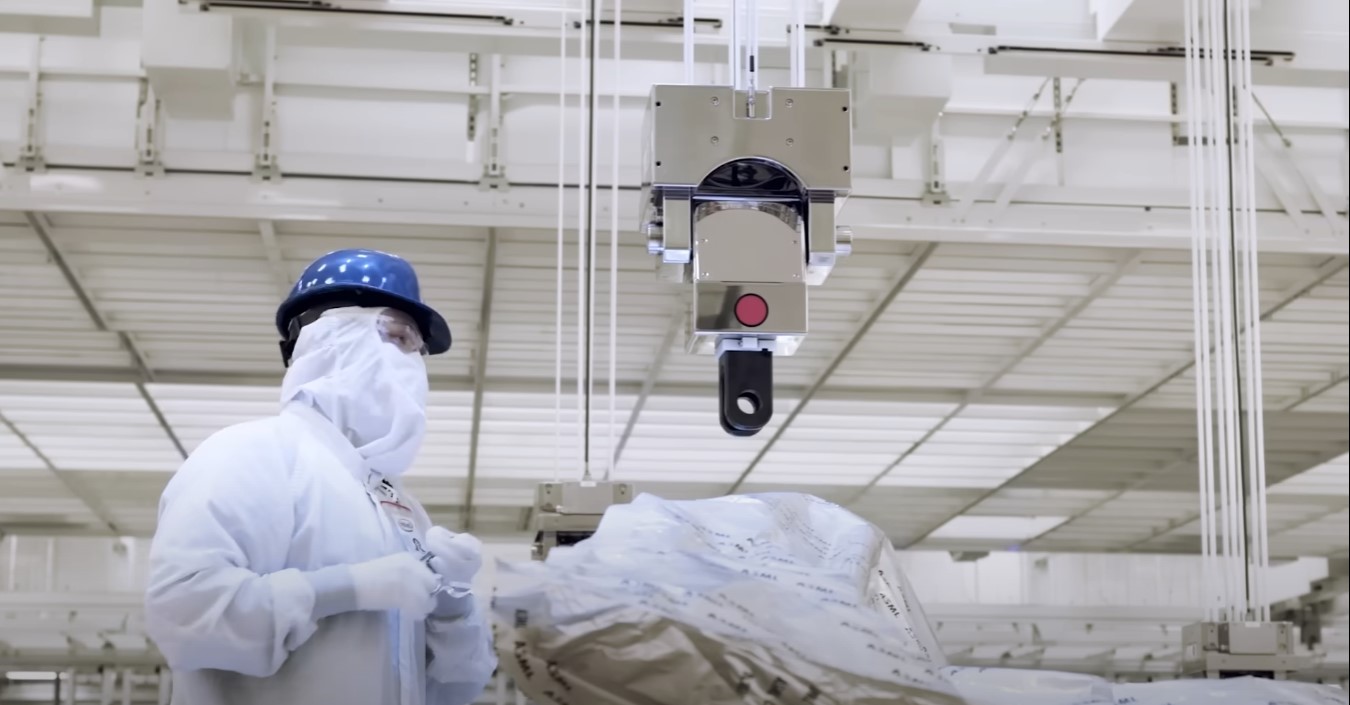Technology giant Intel recently provided an insight into the innovations projected for implementation after mastering the Intel 18A chip manufacturing process in the following semester. The company plans to mass-produce equipment with a high numerical aperture value (High-NA EUV) by 2026. The assembly of the first lithographic scanner of this kind, the ASML, has commenced at an Oregon site.
Initially, the High-NA EUV scanner will be deployed at Intel’s Oregon research center as part of the Intel 18A technology experiment, where it’s currently undergoing assembly and adjustments after delivery from the Netherlands. However, it will only enter serial production after mastering the Intel 14A process in 2026, which will also aid in perfecting the Intel 10A process in 2027.
Intel recently released a short video showcasing the delivery of the first ASML Twinscan EXE:5000 lithographic scanner. The equipment, flaunting a high numerical aperture, will facilitate the production of chips under Intel 14A and lower technologies for serial products exclusively. The shipment of the scanner components, which when disassembled occupies 250 containers, started last year, but Intel only made the video of the equipment offloading and assembly process at its Oregon research center public recently. Typically, a team of 250 engineers requires up to six months for the assembly and configuration of a single scanner. As can be deduced from the video, the scanner components were air-shipped from the Netherlands to the US, a logistical choice targeted at reducing delivery timelines compared to sea freight.
It’s worth noting that ASML has already piloted a similar scanner in the Netherlands thereby ensuring that the company’s specialists who will support Intel towards the designated milestone already have experience in this field. The new generation equipment enables transistor size reduction by 1.7 times and triples their density compared to existing processes. It is speculated that a new-generation lithographic scanner costs about $380 million, thus, Intel must make a substantial financial commitment towards procuring profile equipment before initiating serial production using the Intel 14A technology.





